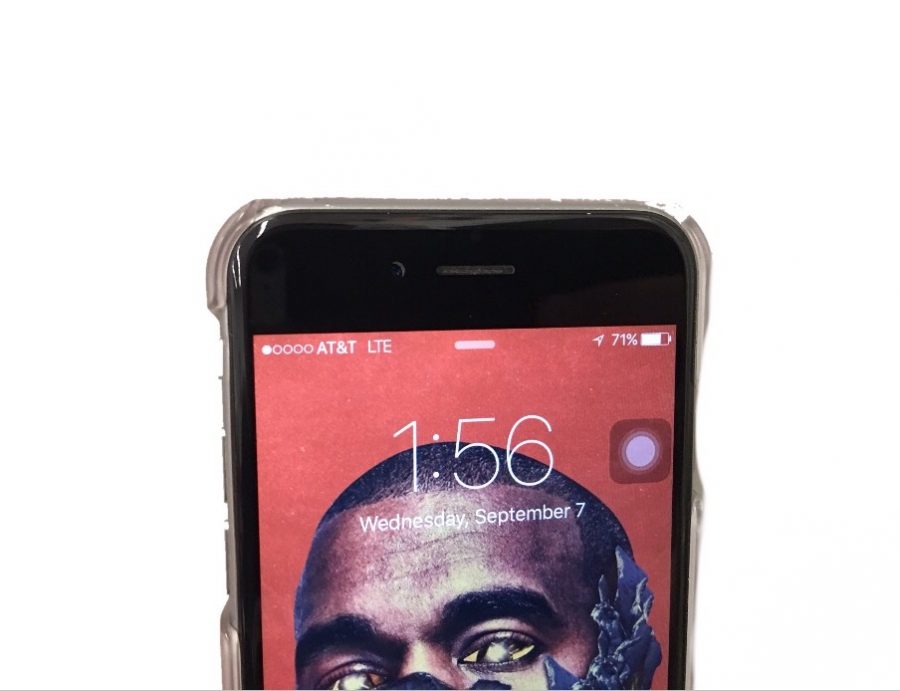Reports of Touch Disease Surge
Gables iPhone owners are concerned with the newest glitch: the touch disease.
Sep 10, 2016
It begins with obnoxious flickering bars at the top of your screen, until your phone eventually becomes completely unresponsive to touch. This is called “Touch Disease” and if you are an owner of an iPhone 6, you may be in danger of catching it. A design malfunction in the iPhone 6 models has led to many devices becoming ineffectual. What causes the problem is not the display, rather it has been linked to a break in the touchscreen controller chips (or Touch IC) that are on the iPhone’s logic board. Once the board flexes, as it often does in this smartphone model, the chip breaks which leads to the screen becoming inactive, therefore rendering the iPhone useless.
“Although I have an iPhone 6 and I know that touch disease may affect my phone, I don’t think I would ever switch to another brand, I’ll stick to Apple products,” sophomore Lauren Pettigrew said.
There has been a tremendous surge in cases of Touch Disease, and Apple doesn’t seem to be responsive. “Geniuses” at Apple’s customer care center have no way of fixing the problem so the only solution has been to replace the phone entirely. While this may seem like a perfect way to solve the problem, it may actually make it worse. More often than not, iPhone 6 and 6 plus users no longer have the warranty so they have to pay $349 to receive a replacement. This replacement phone happens to be refurbished, rather than brand new, so it’s only a matter of time before the disease strikes again.
This has created bad publicity for the company and it comes at an unfortunate time. Apple is scheduled to release the iPhone 7 in the upcoming months, but this negative attention may have an impact on sales. Prospective buyers, whether they be returning or new, may turn away from Apple products and look into other companies such as Samsung and Android. Angry customers complaints have led to the filing of a nationwide class-action lawsuit against Apple. They are being sued on the basis of neglect and fraud, among other things. People blame the design of the phone for the defect, because Apple failed to include a “metal shield” or “underfoot” which would prevent the Touch IC from breaking. While it is unlikely that the lawsuit will go to court, the attention its bringing to the company is certainly not favorable for profits.
This is not the first time Apple has come into the limelight for a flaw in the iPhone 6 design. When first released, the iPhone 6 and 6 plus would bend by simply being in a person’s pocket. In that instance, Apple also failed to properly address the situation. With the release of the iPhone 7, sales will show truly just how much this incident has affected their reputation.














Alan • Sep 12, 2016 at 9:45 am
Interestingly, the bending issue can be also connected to the touch screen failure. Not just bending but metal fatigue on the longer 6 plus is putting stress on the IC sensor. Apple corrected the defect on the 6S and put the sensor under the screen and also made the aluminum allot stronger. In the 6 plus Apple went cheap to cut component costs and took out the protective underfill and metal bracket that protected the IC. I question Apple’s in house testing methods. Apple clearly is not taking the high road on this one.